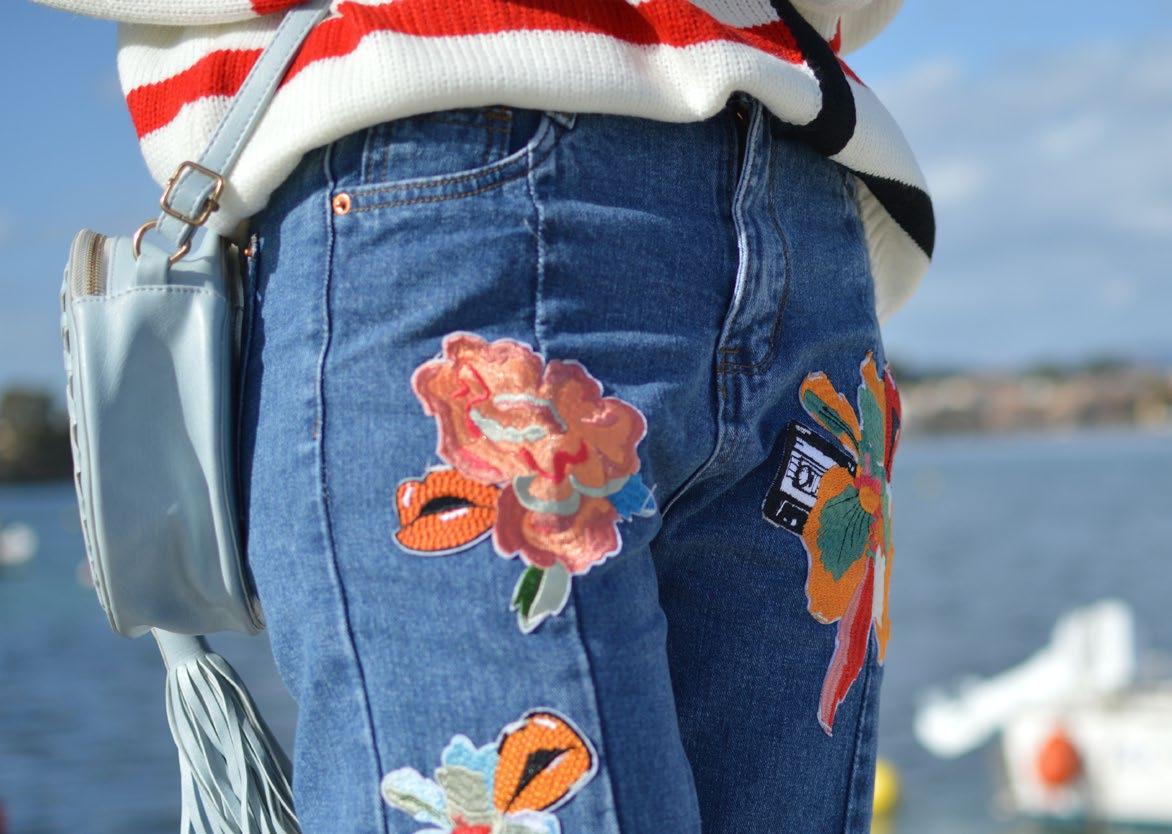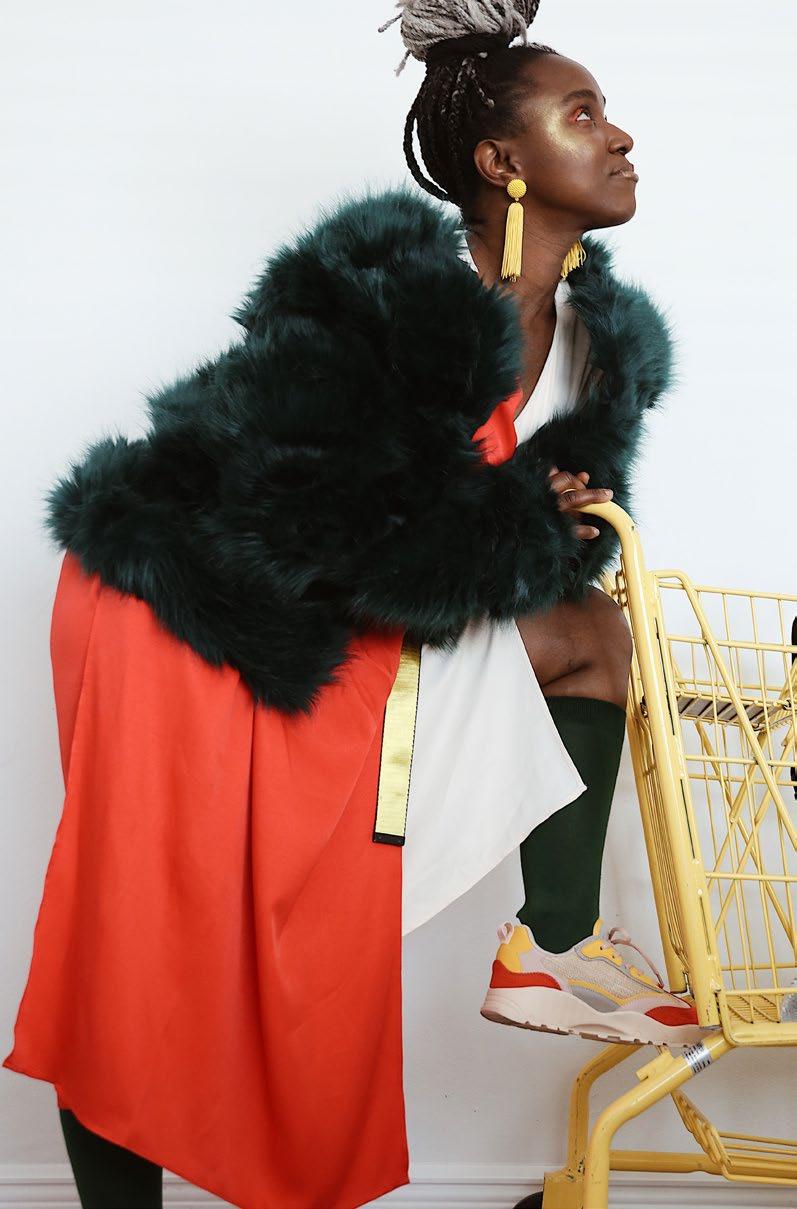
2 minute read
The Fashion System
Fashion brands offer clothing users a variety of different options and styles produced through circular value chains. Supply chains have been shortened by various trade regulations. The amount of manual labor required for fiber, fabric, and garment production has been minimized through automation and mechanization processes (e.g., 3D-knitted apparel). Jobs in fashion value chains are well remunerated above living wage across different geographical contexts.

Advertisement
Block chain technology ensures transparency along all the life cycle of garments, including production and post-consumer phases, aiding in authenticating the product as it passes through many hands. Production and consumption innovations are led by consumer data, demand, sentiment, and behavior, which is being tracked and measured better than ever before. Second-hand resale, swapping, and renting are scaled regionally via digital resale platforms, with a focus on local transactions, providing access to affordable second-hand garments that satisfy the demand for “newness”.
Retailers and fashion brands are subject to extended producer responsibility (EPR). Compostability and disassembly come to the forefront in design and production decision-making, to ensure fiber-to-fiber recycling at the end-of-life of products. Material and design innovations - supported and encouraged by the state and funded through EPR schemes - allow to increase the use of recycled materials and recycle up to 90% of used garments back into material flow. Larger firms are transitioning towards a fully circular offering, using take back schemes for their own textile products as inputs for creating recycled materials for future collections. Producers of fibers, manufacturers and retailers use 100% renewable energy to run their facilities. A circular fashion system continues to transform all of the excess clothing from the previous fast fashion era through recycling and large-scale reuse.



Most garments are bought online, from e-commerce platforms, social media or virtual reality channels - where clothing users learn about new fashion styles. Smooth online shopping experiences allow clothing users to purchase the style they like in a few clicks but customizable according to the user’s personal body type and dimensions. Customization is easy because users’ dimensions and data is saved in the databases of their favorite retailers. Fitting technologies and 3D body scan options help make more informed decisions when buying a garment, reducing the number of returns. Garments are on demand (made-to-order) but thanks to shortening and optimizing supply chains, waiting time is short.
Occasionally, consumers also try garments on at a physical shop and then order a tailored version online. E-commerce has optimized production and customization, as well as product returns. Physical shops of fashion brands are about experiences, mostly merging with virtual worlds, rather than being a warehouse where people can buy garments right away. Physical shops also accept worn out garments returned by consumers through buy-back and takeback schemes, helping close the loop. A substantial part of consumers also buy virtual garments for the Metaverse, as avatars for social media, etc., which feeds the need for “newness” but reduces demand for physical garments.










